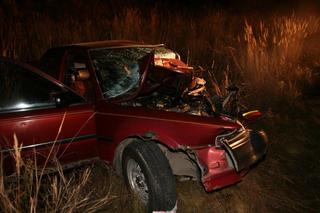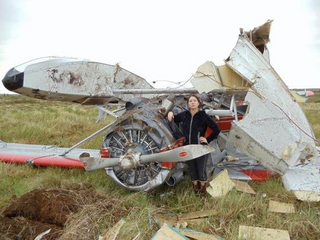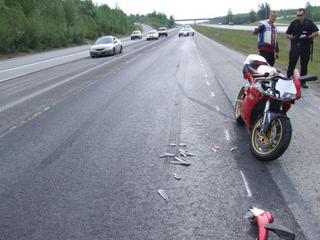A new MRI muscle imaging technique has been developed that allows detailed large scale 3-D images of the body’s complex muscle structures. It also provides a means of detecting muscle damage precisely. Expanding further on the utility of diffusion tensor imaging, the technique captures the movement of water molecules within muscle fibers to detect changes in fiber directions. Moreover, the technique allows reliable 3-D imaging to be captured so that the images can be viewed from different directions. It is expected that the imaging will be useful in the treatment of chronic conditions, such as post-polio syndrome and diseases causing muscle atrophy, sports injury rehabilitation, and trauma.
Source: Eindhoven University of Technology, News Release, 10/30/2012.
 Alaska Injury Law Blog
Alaska Injury Law Blog




